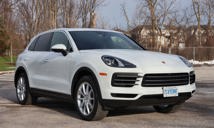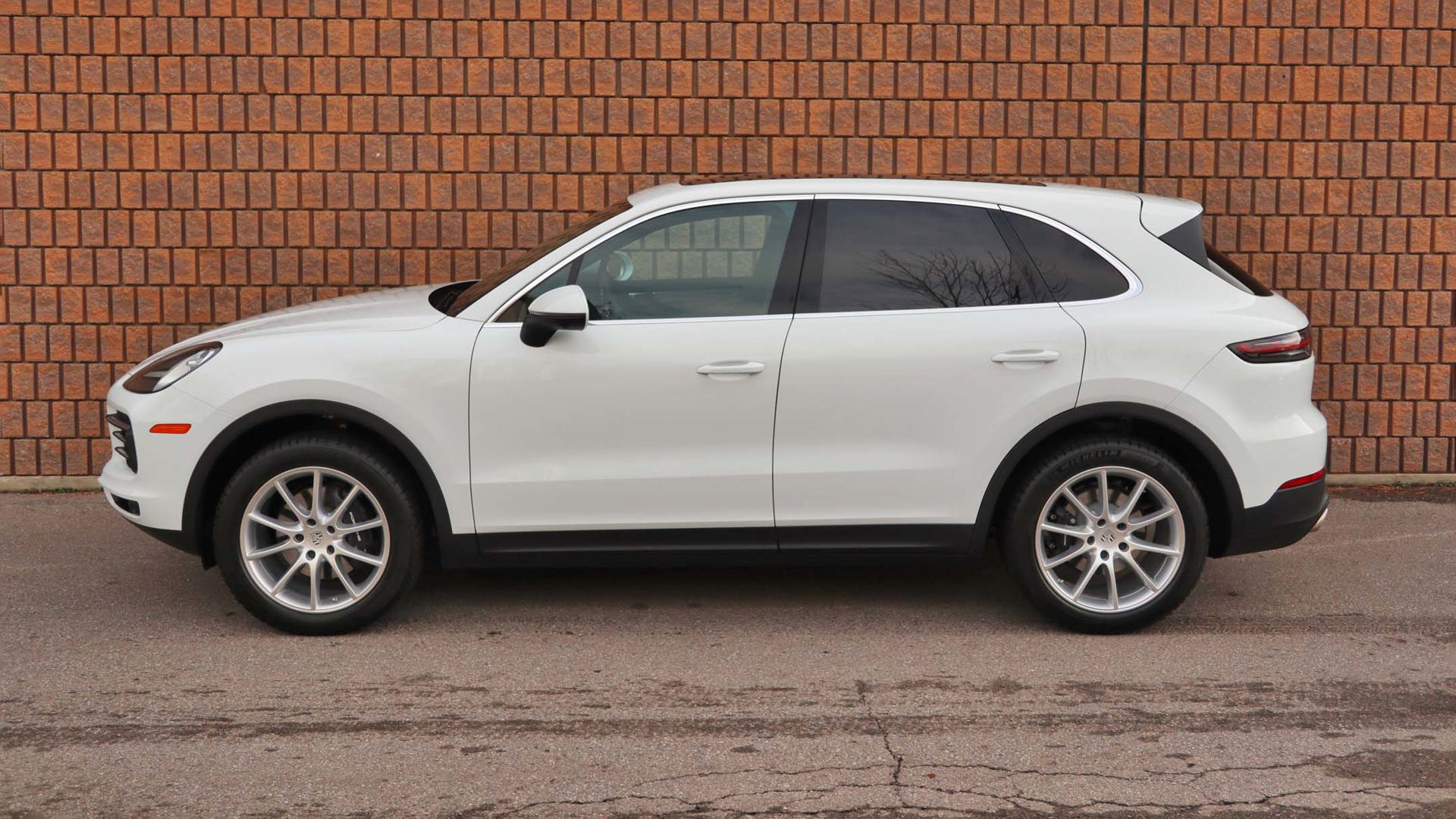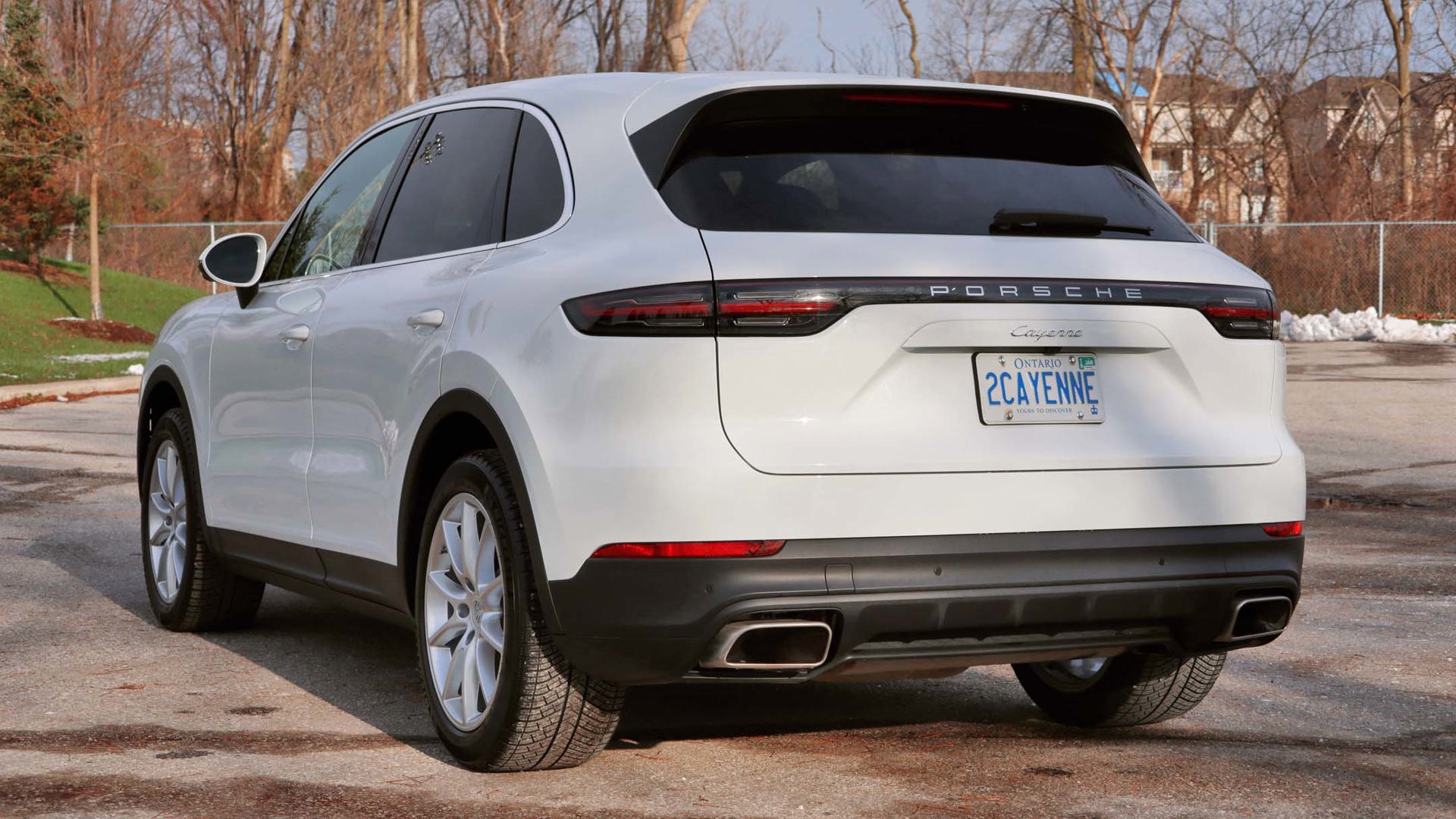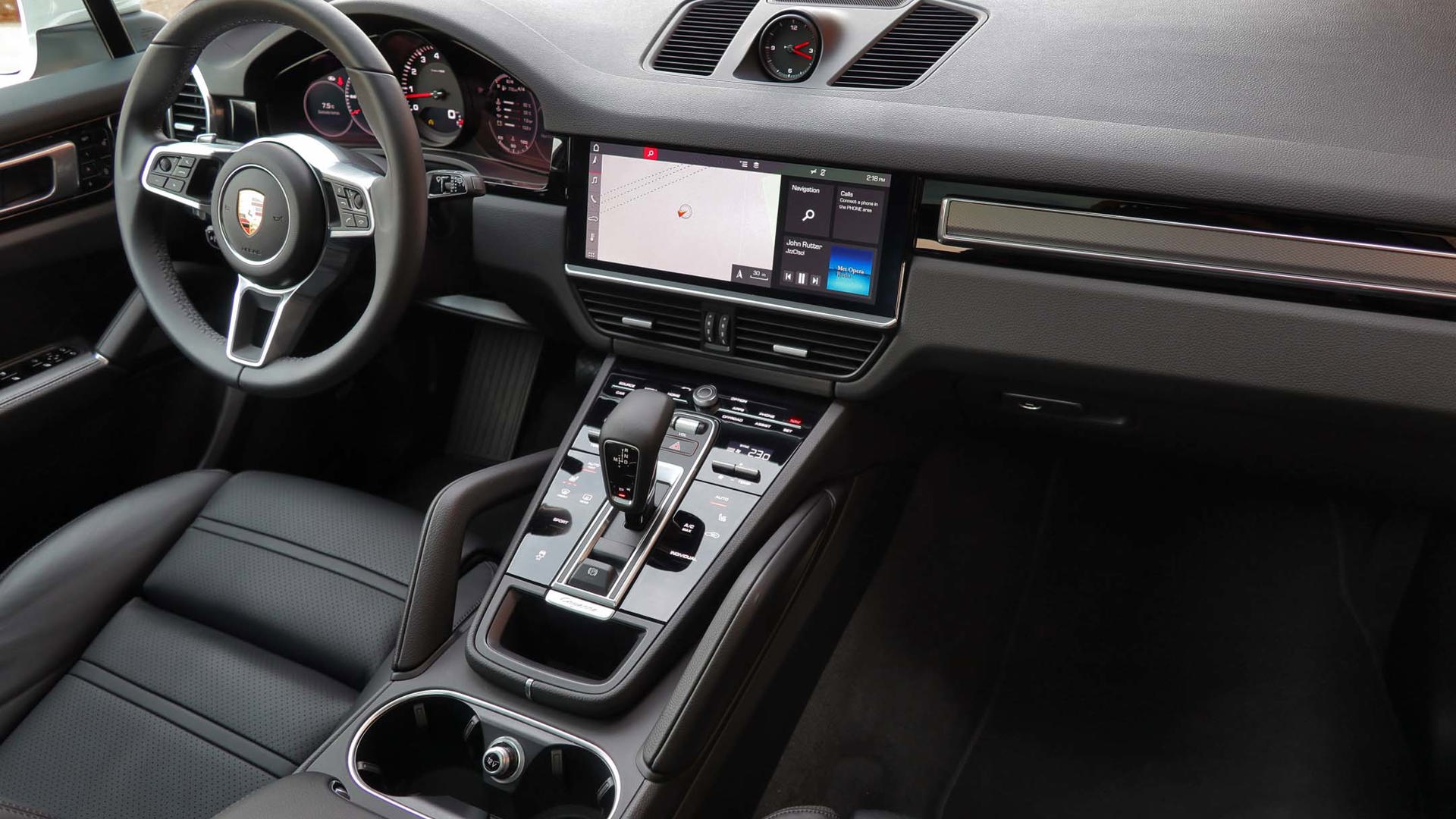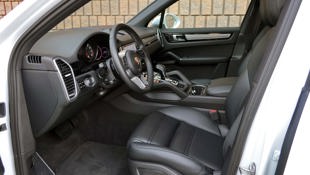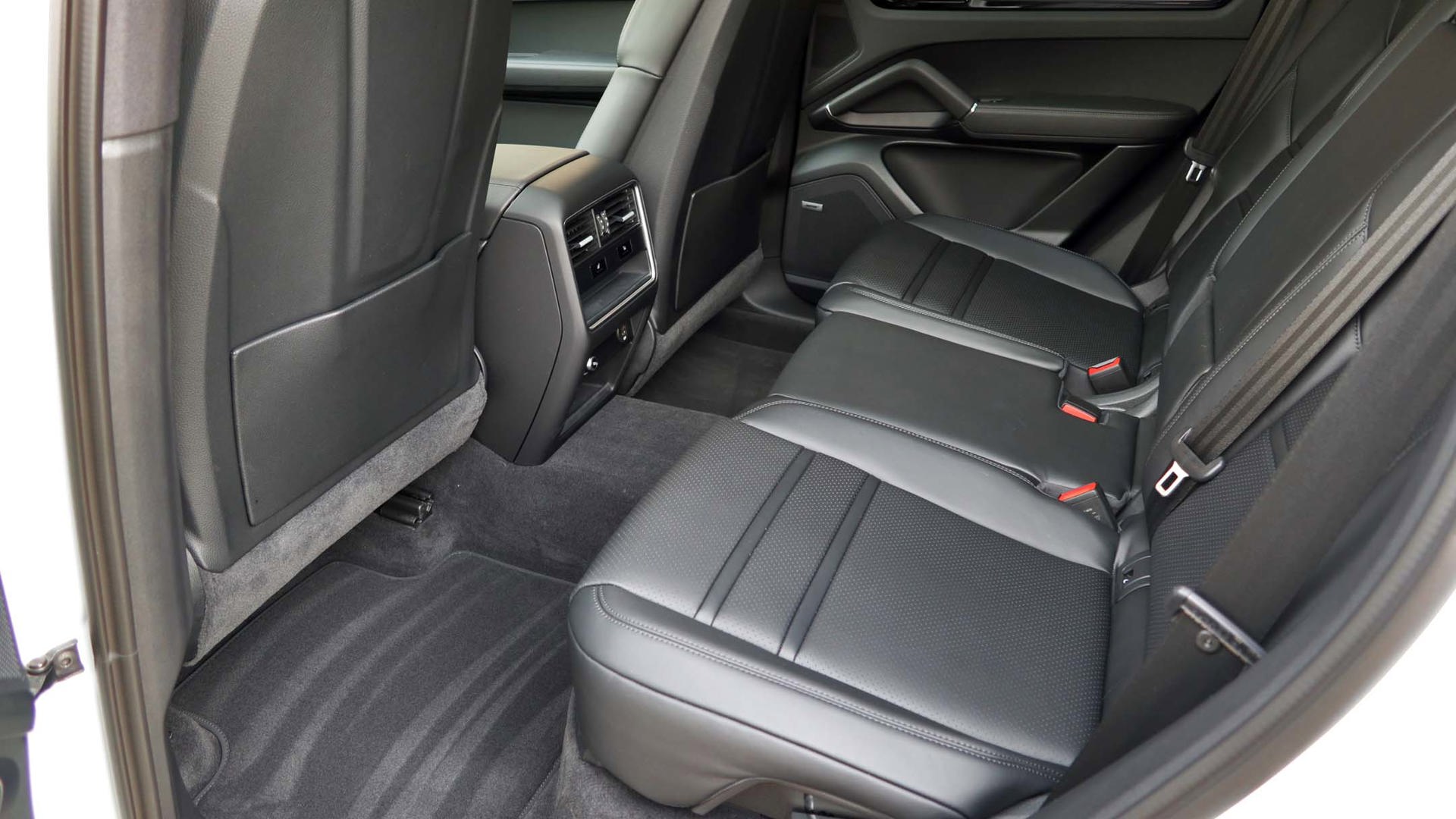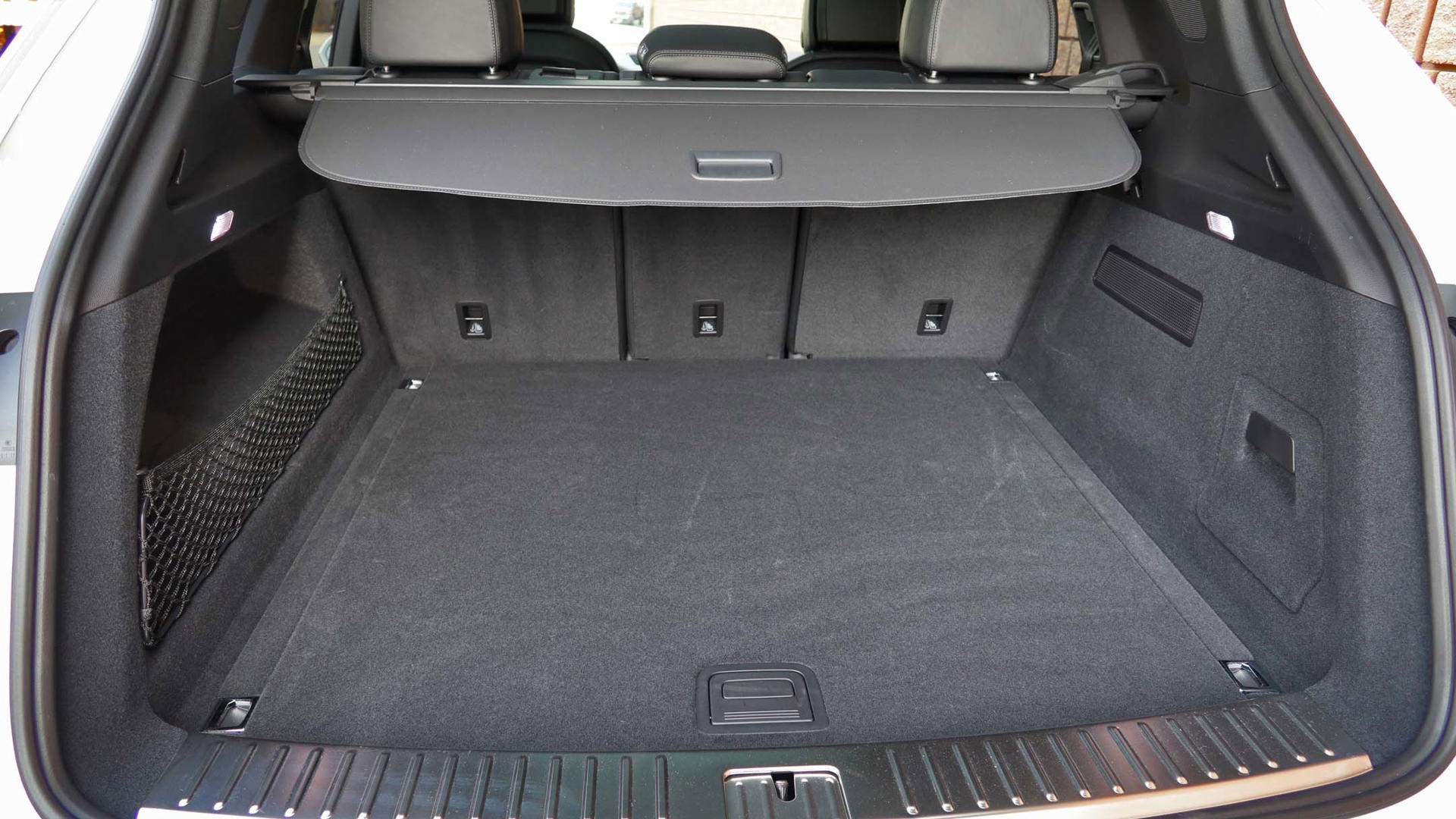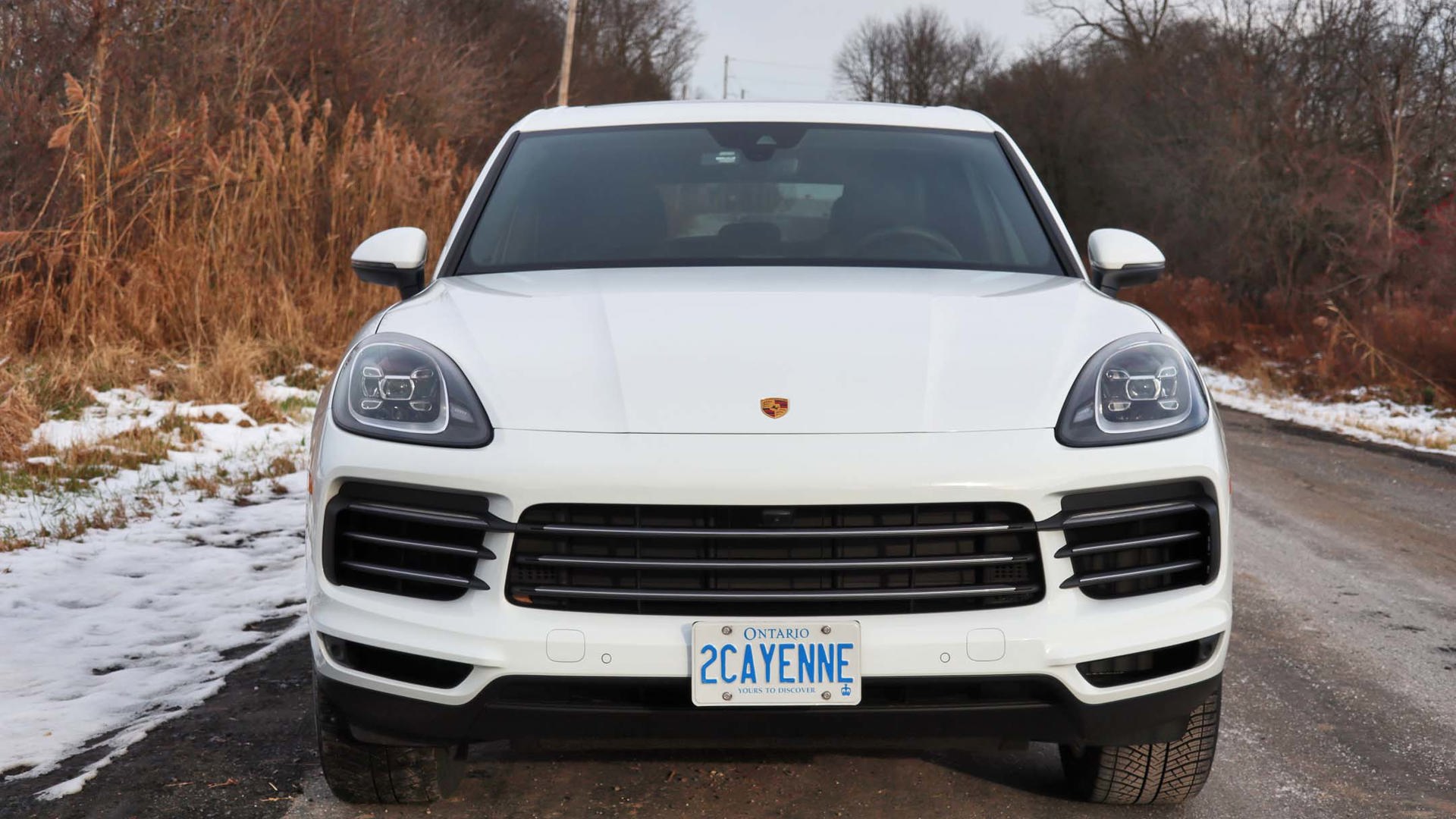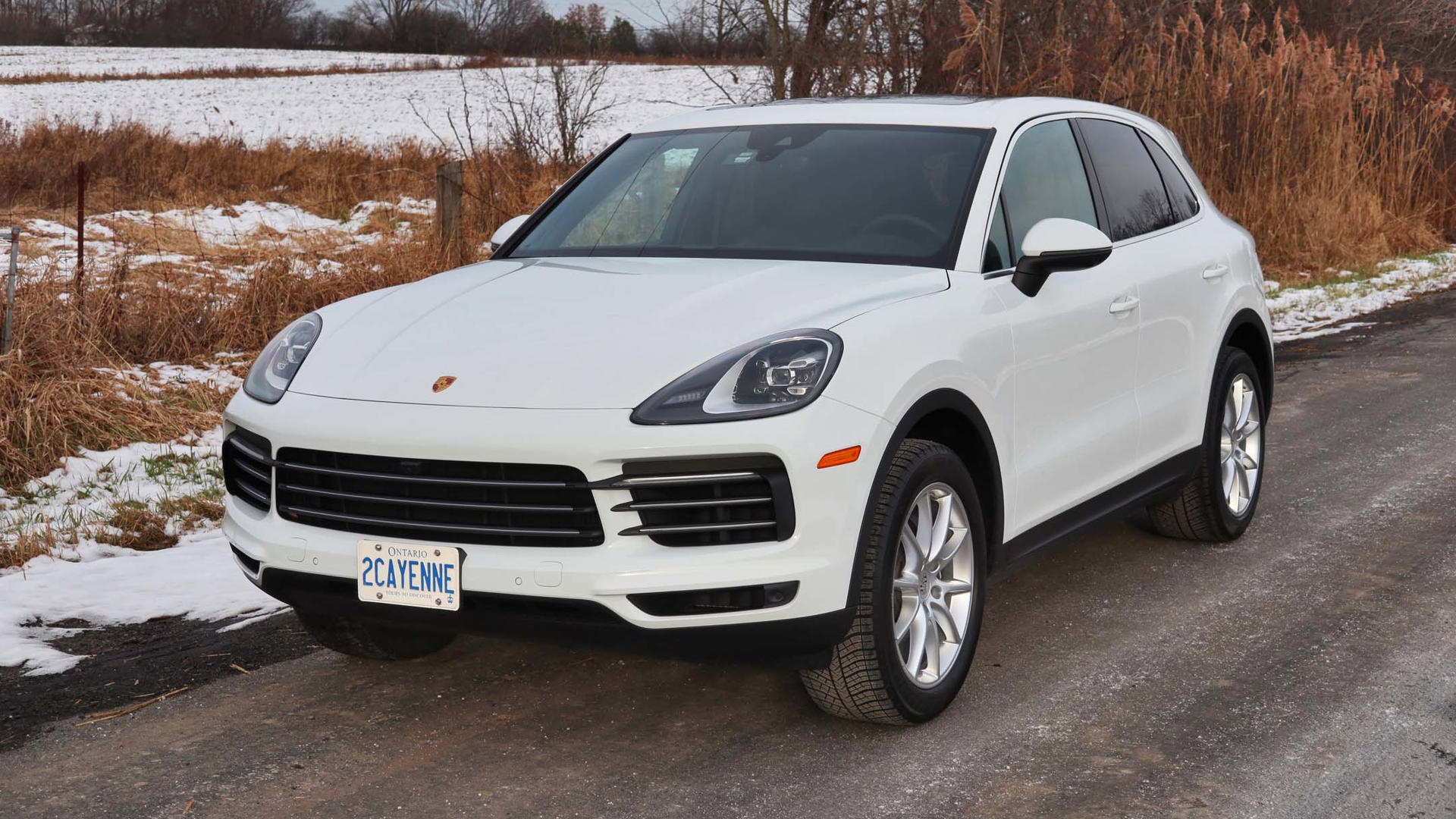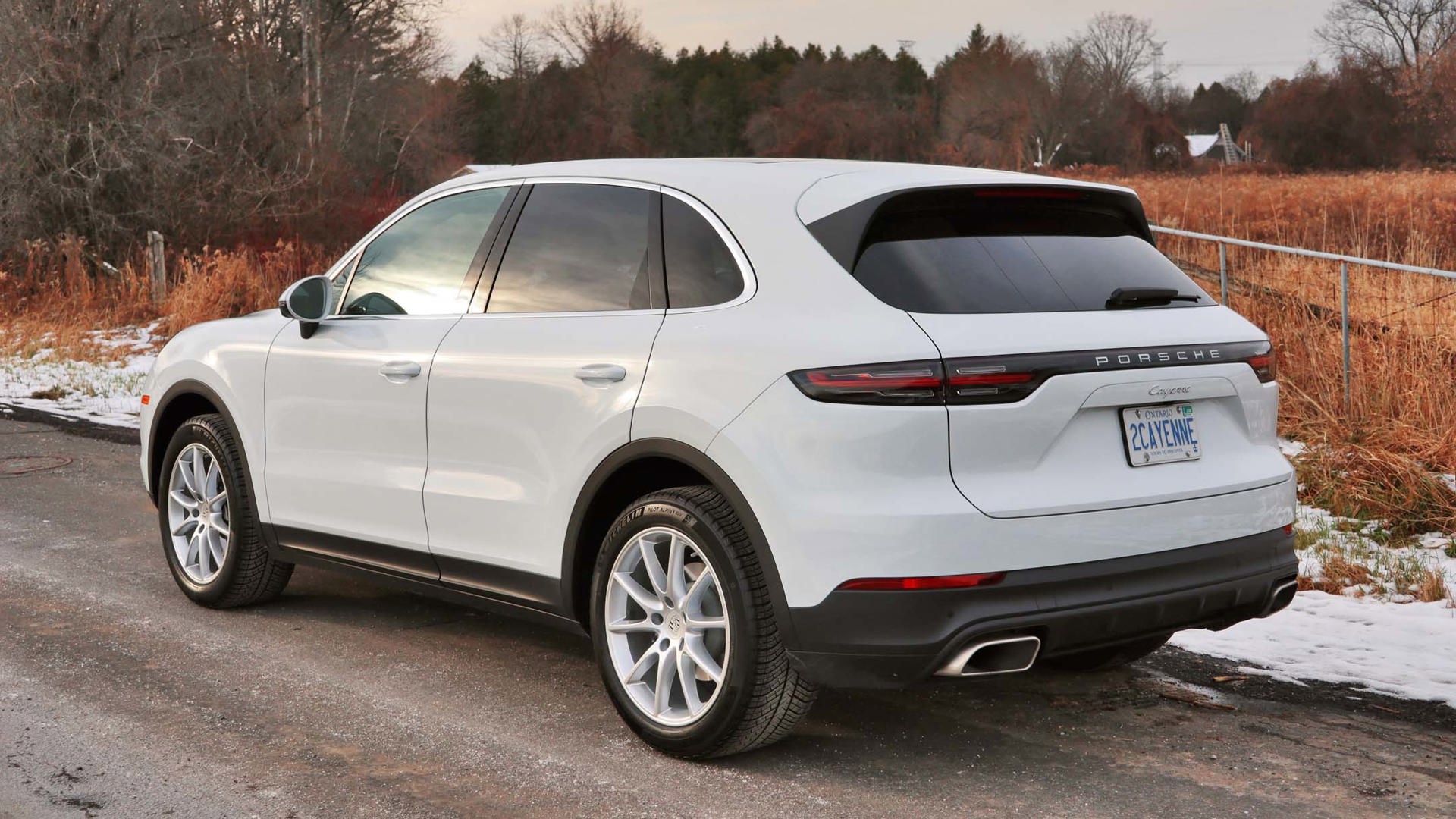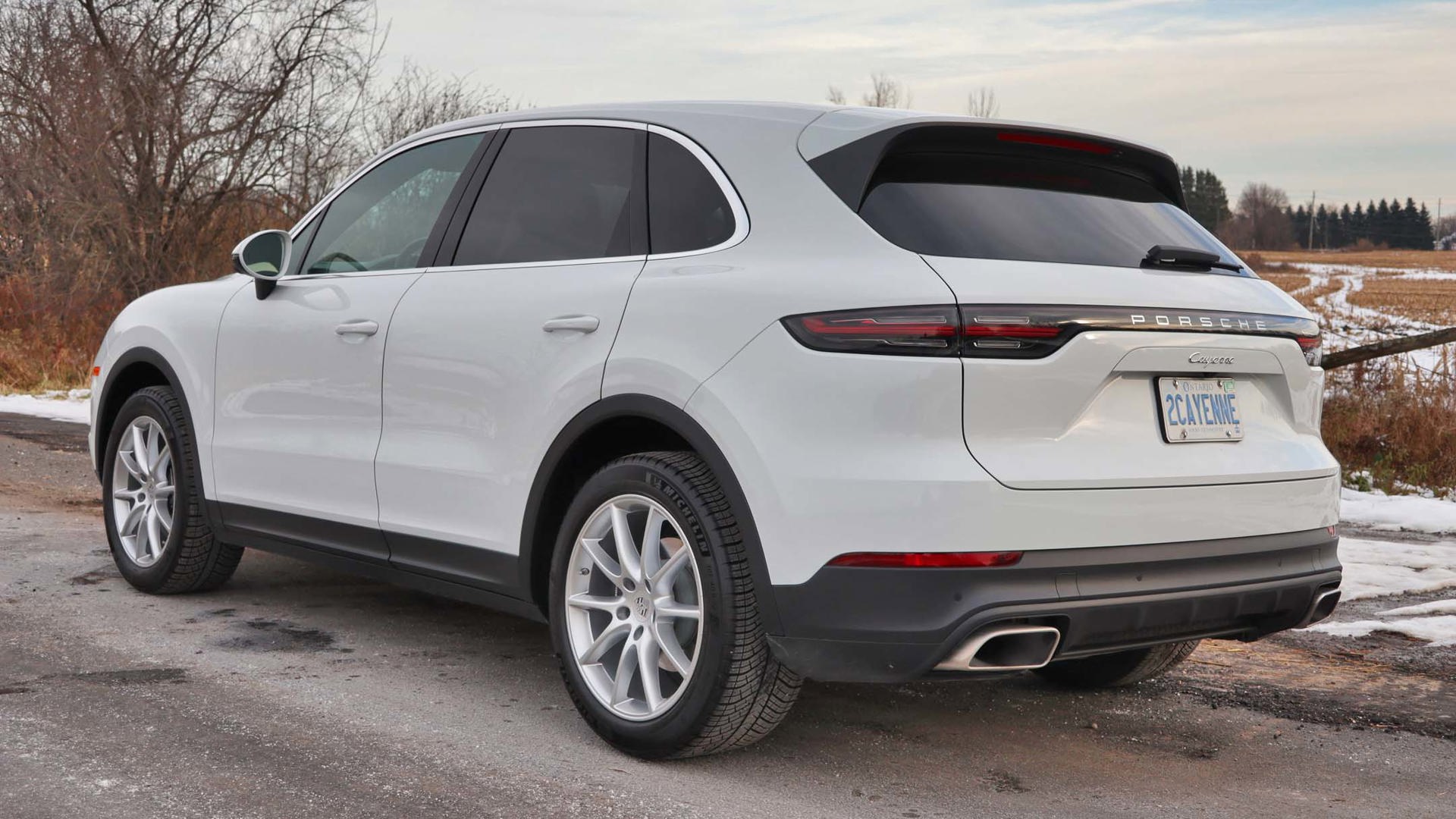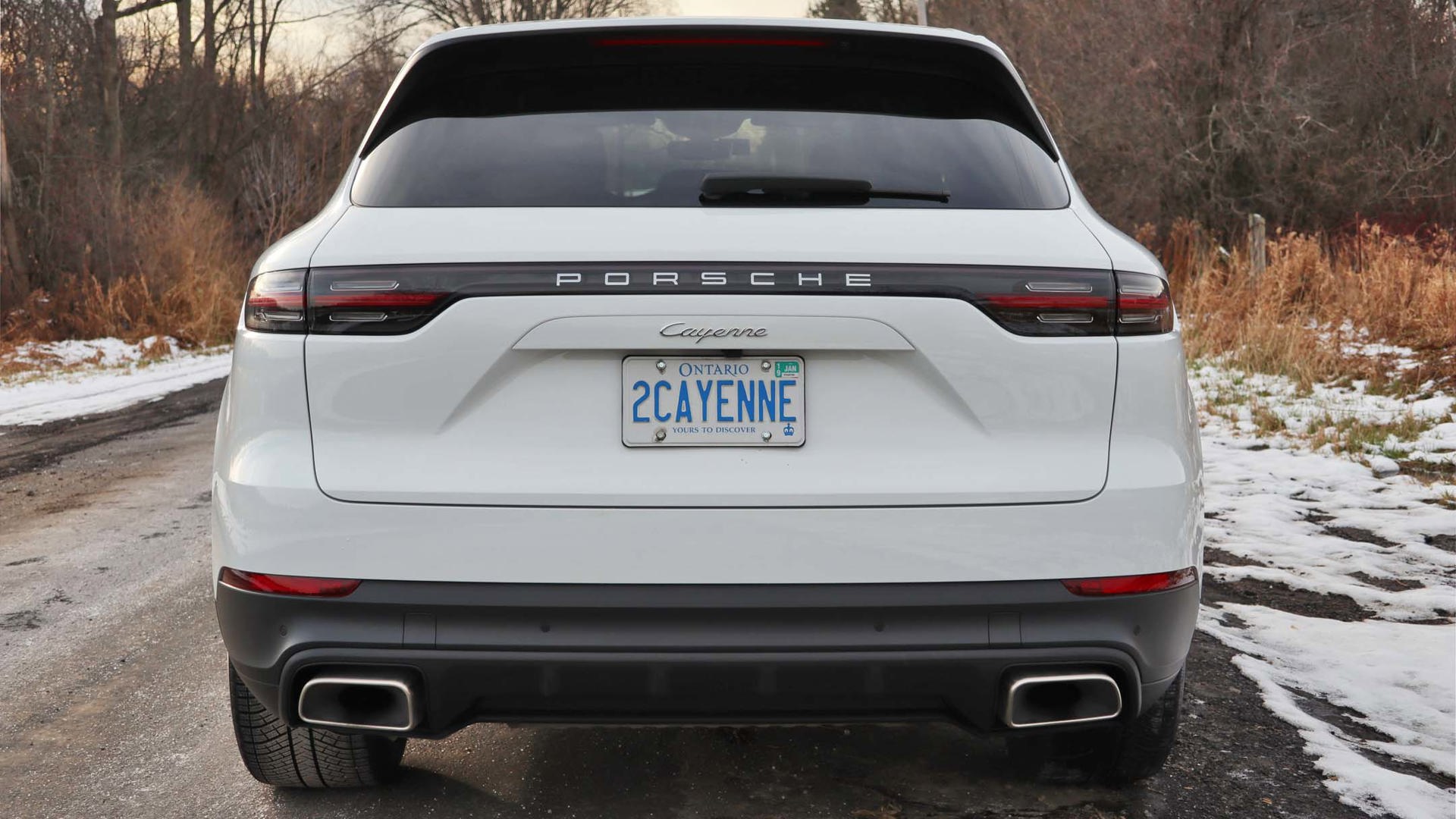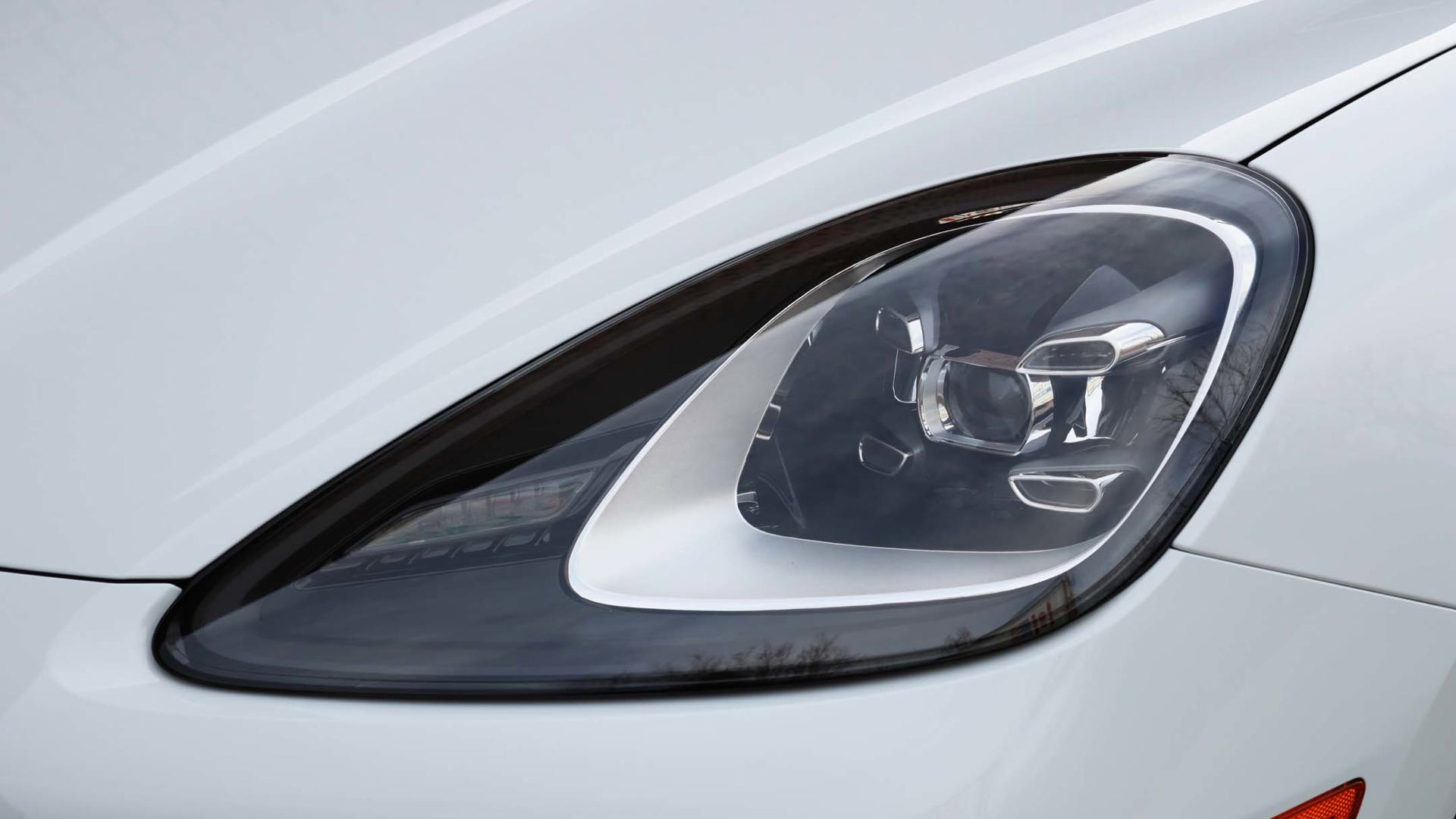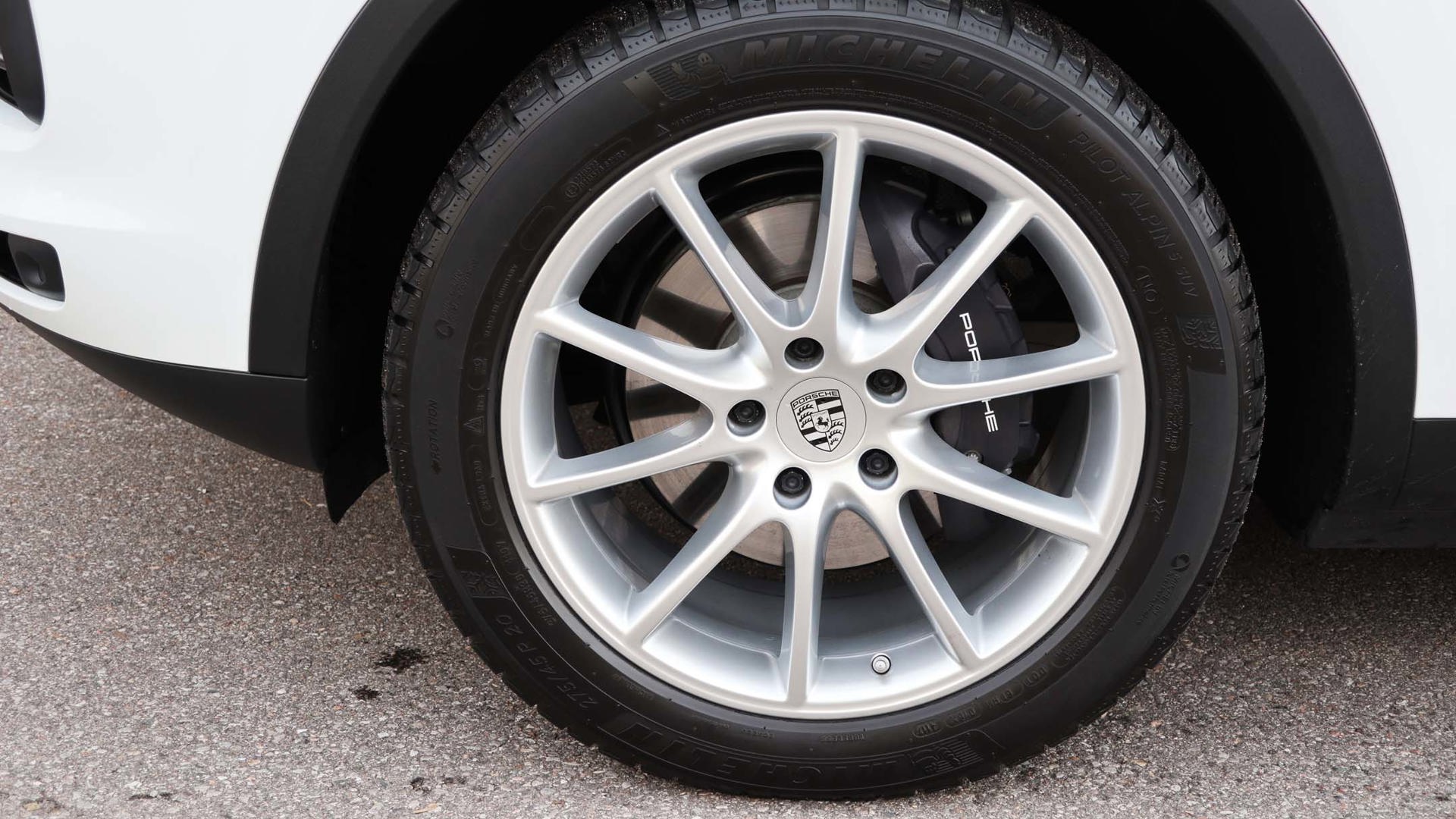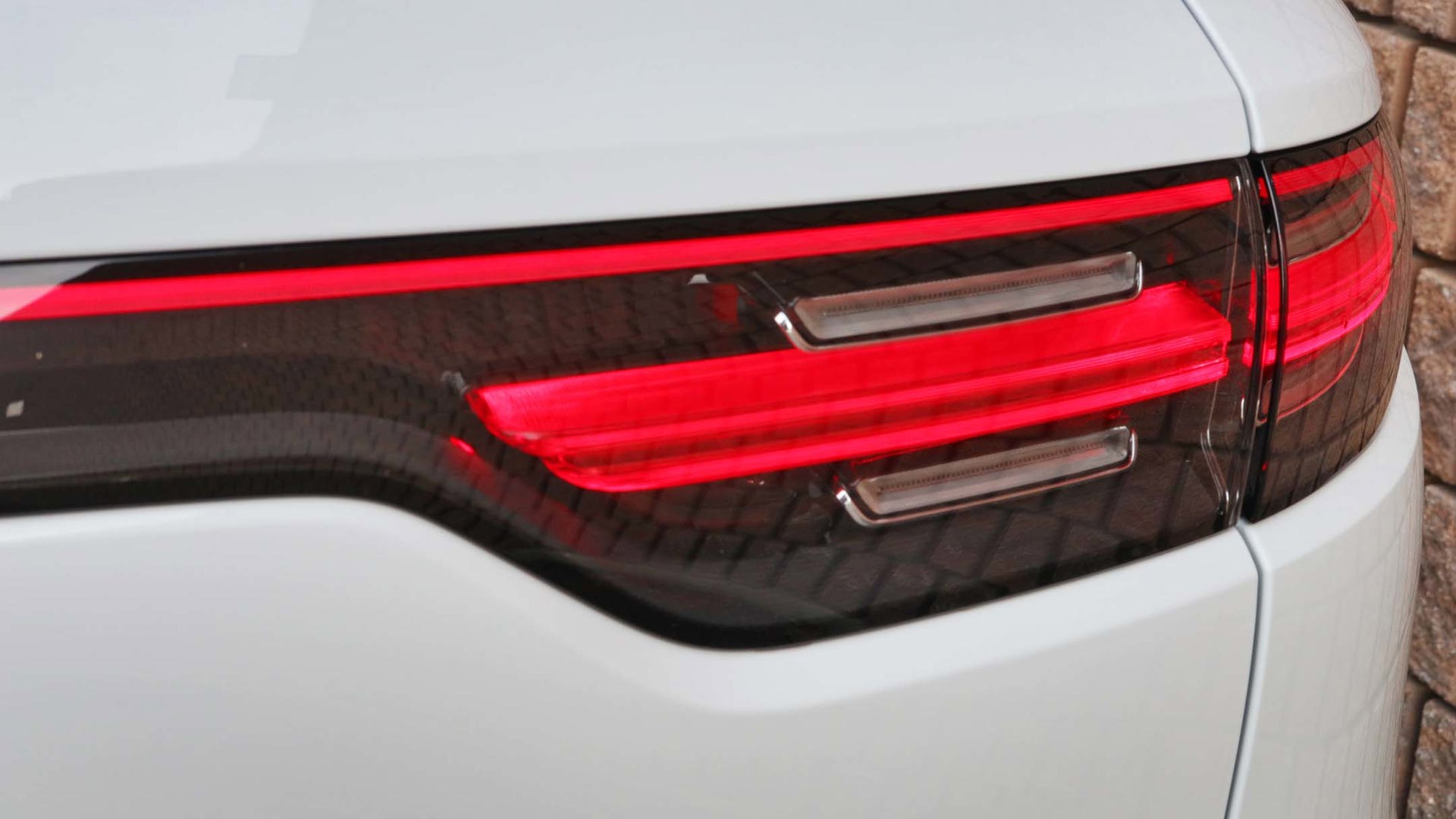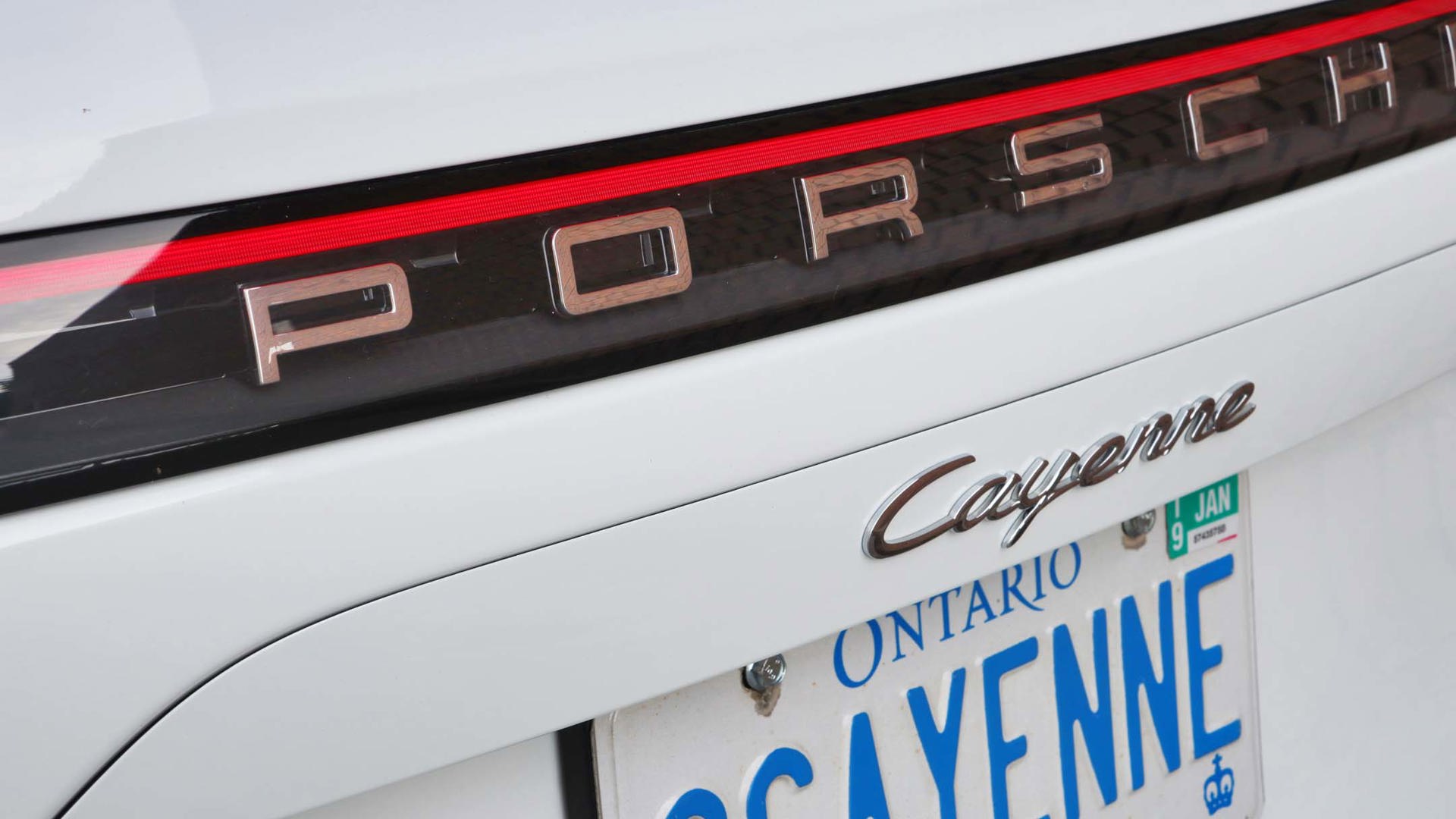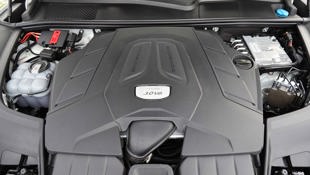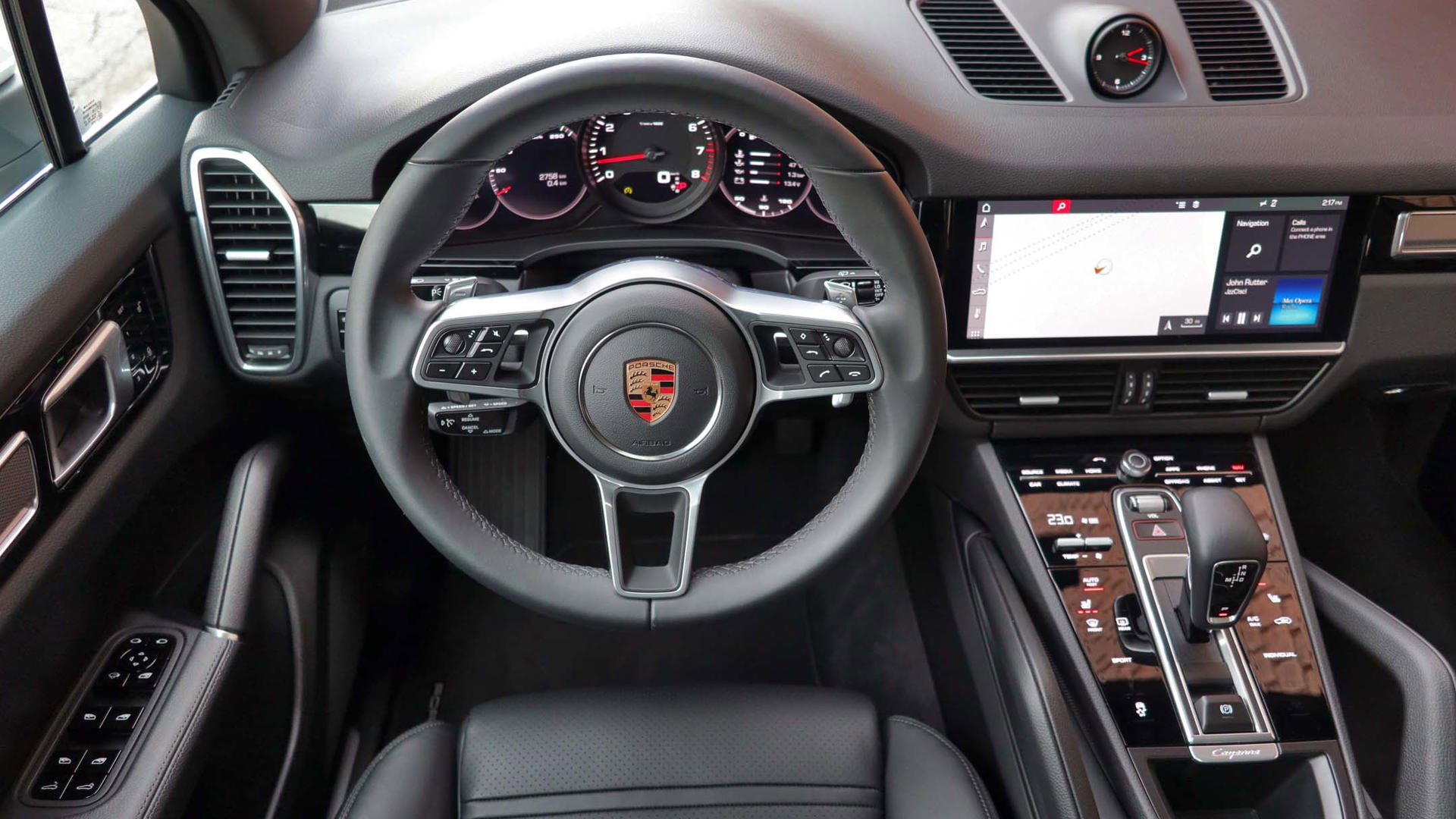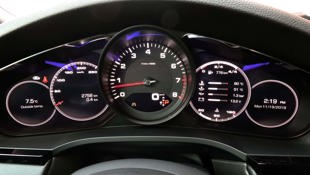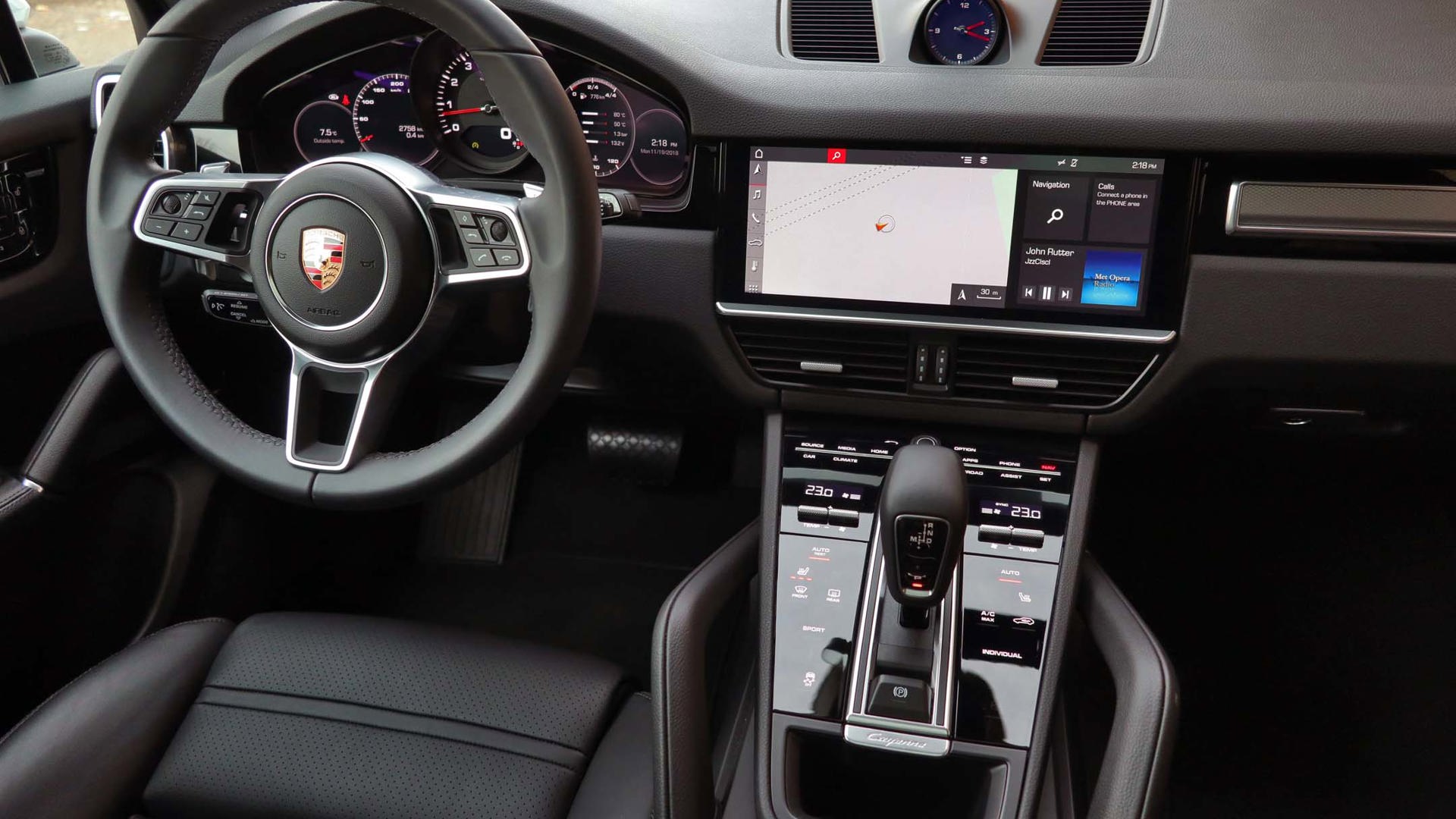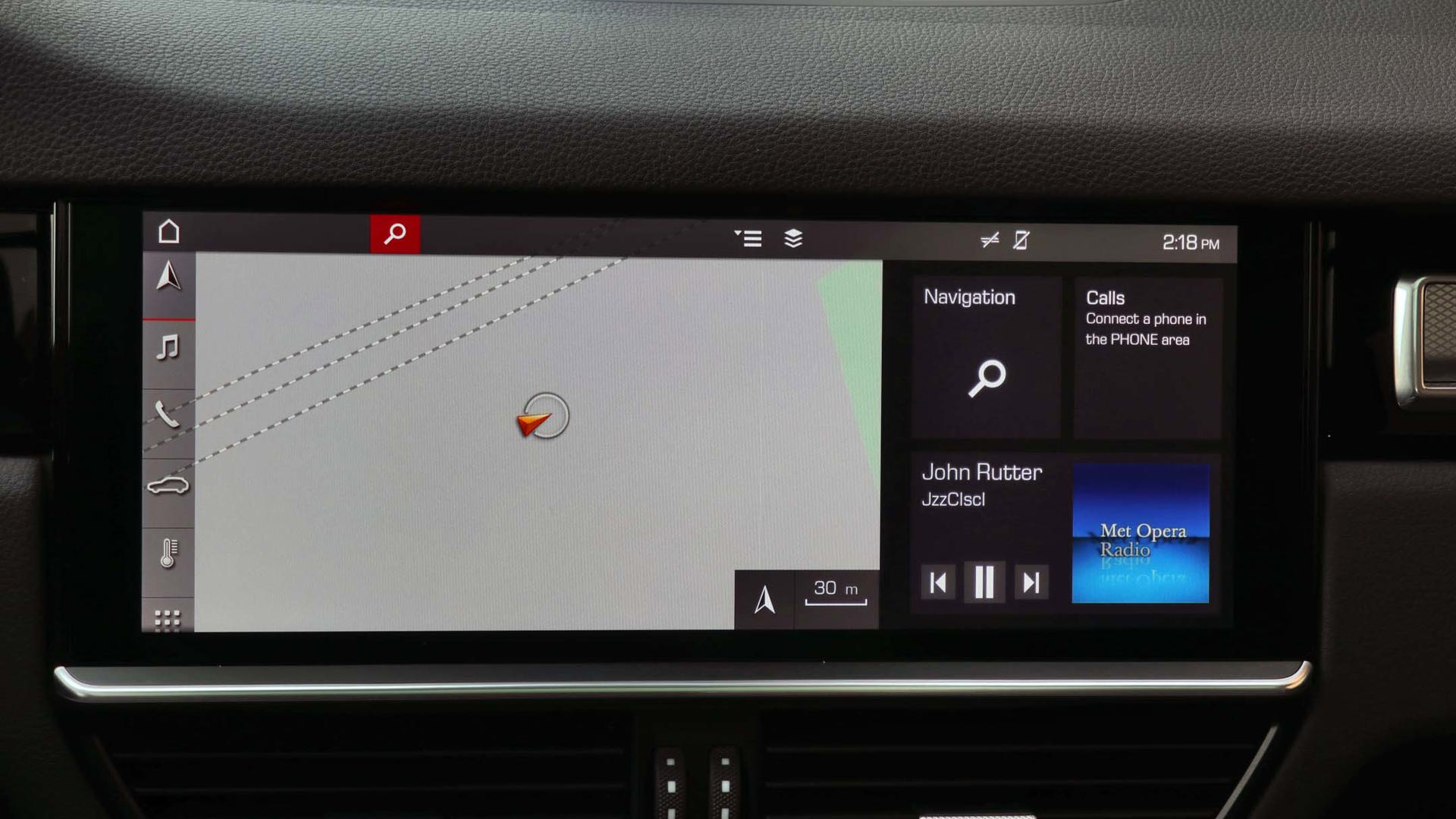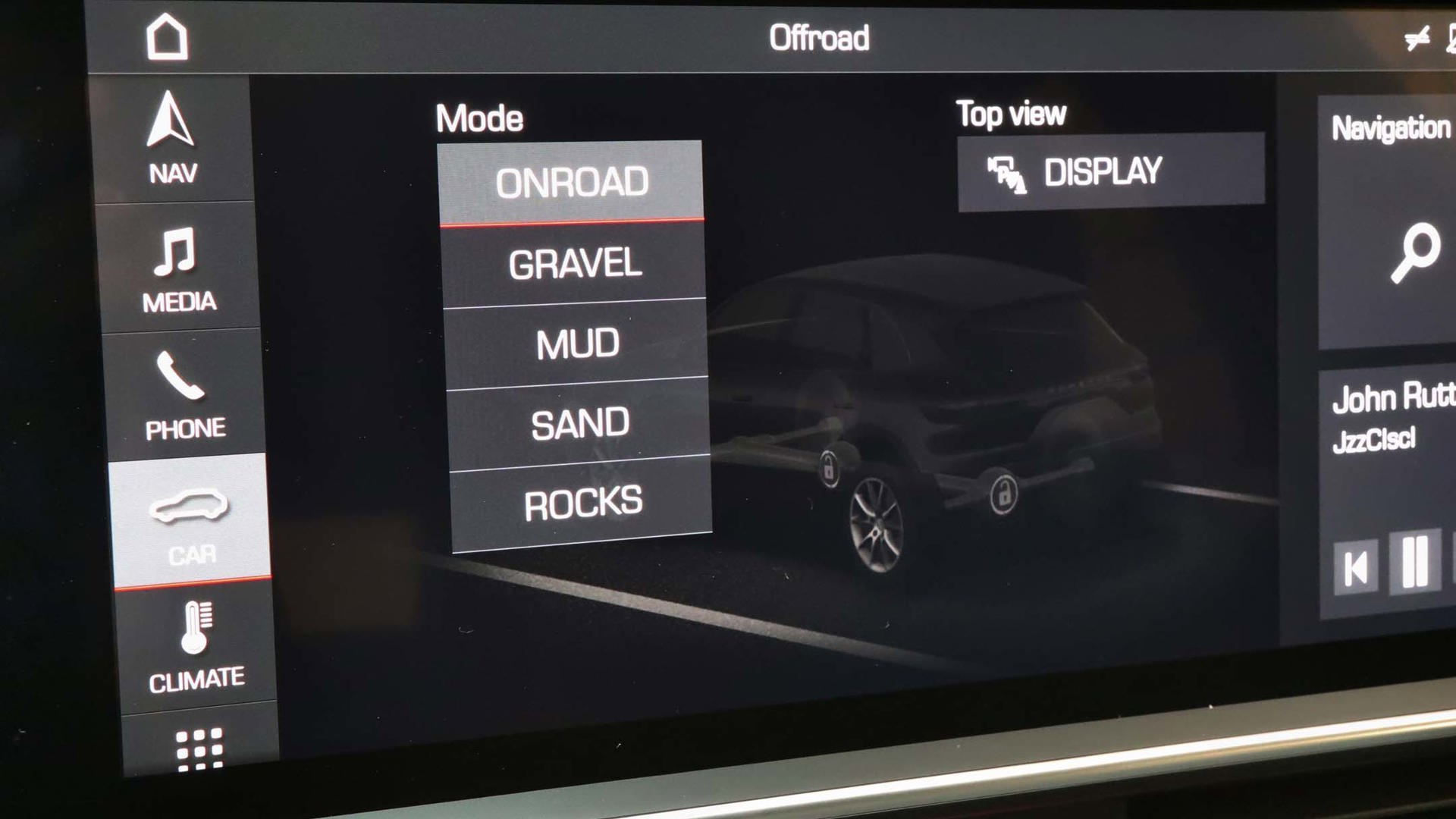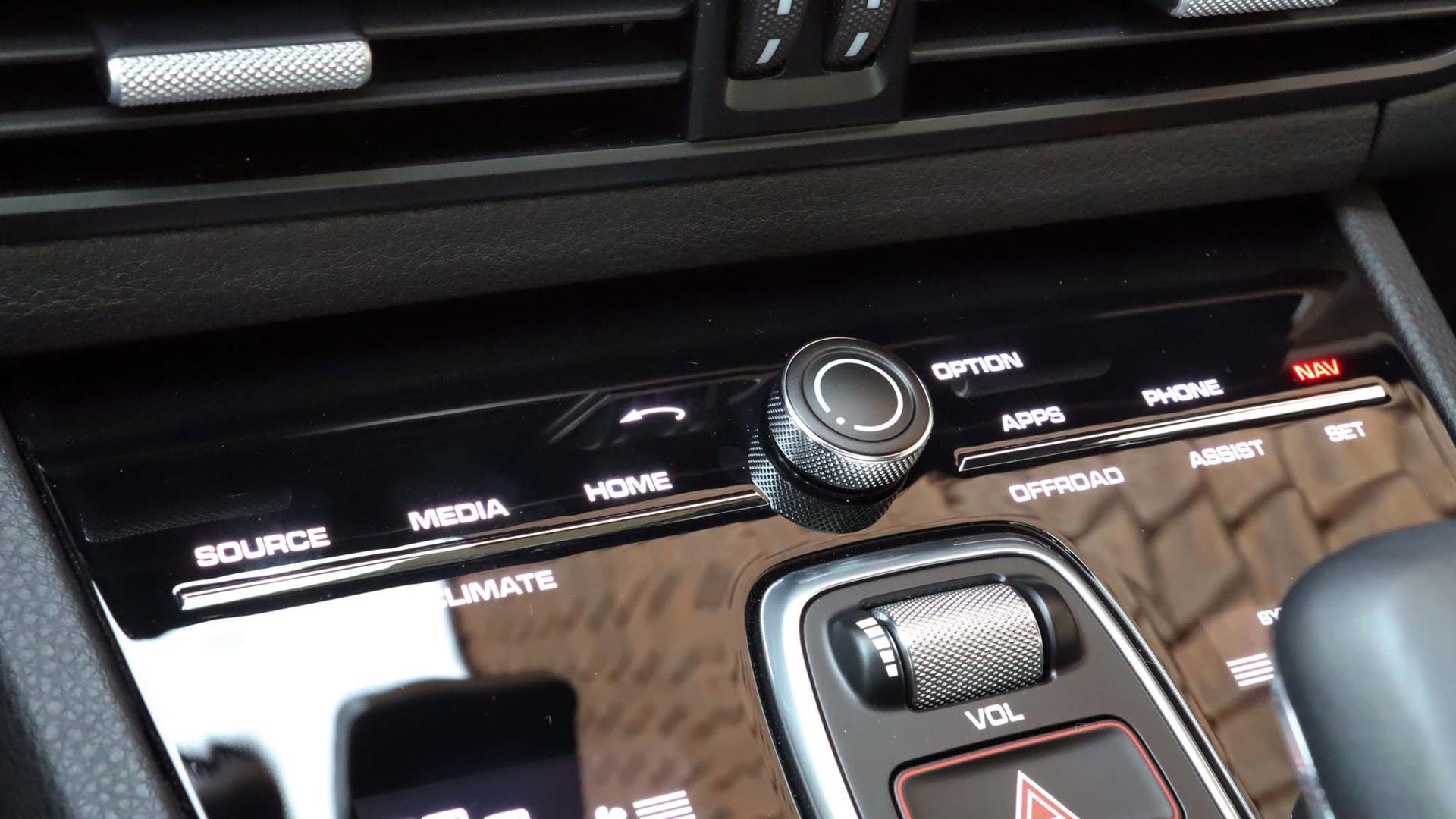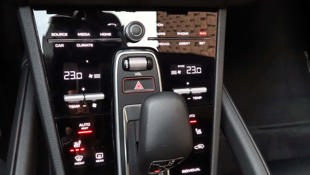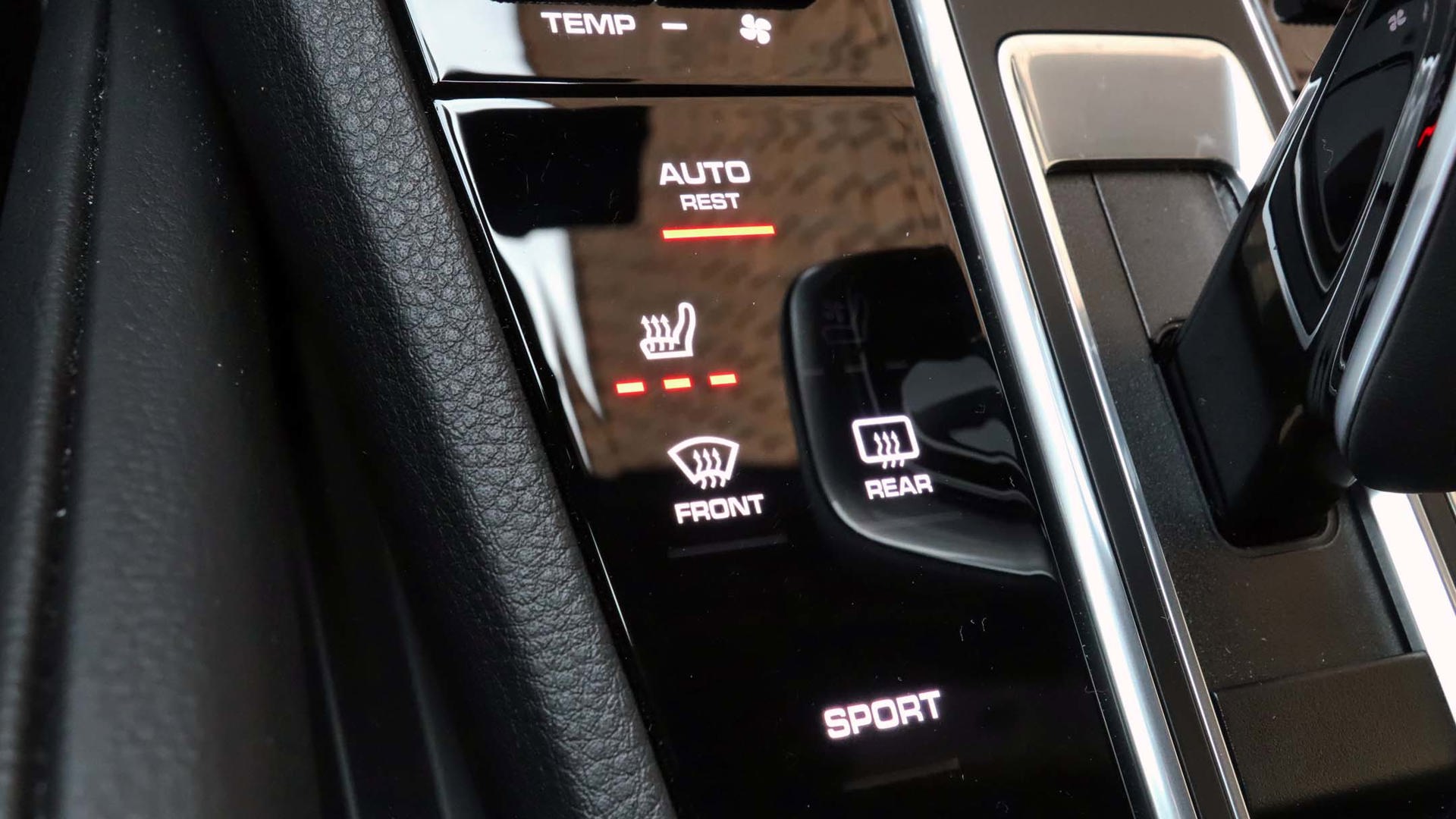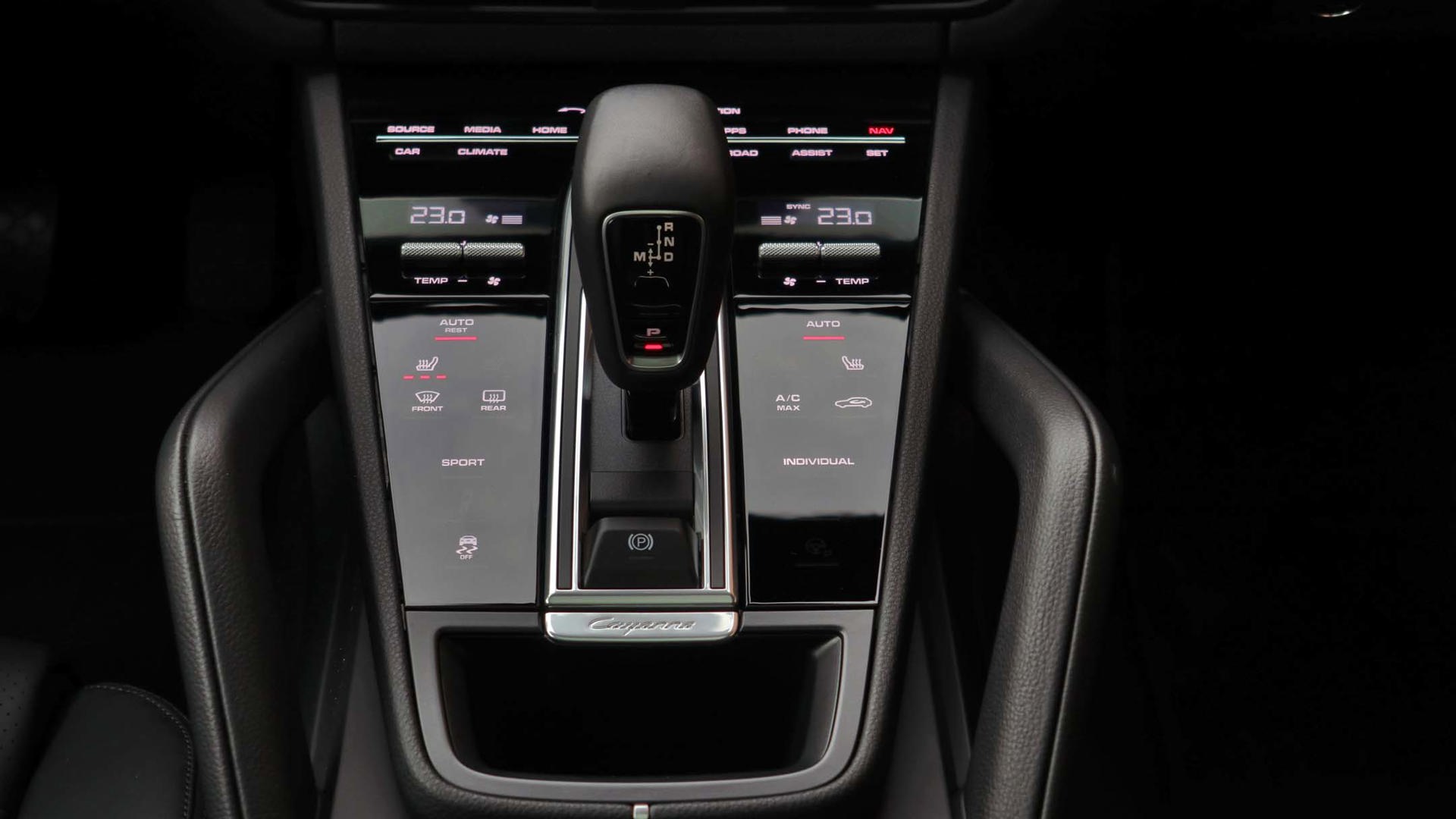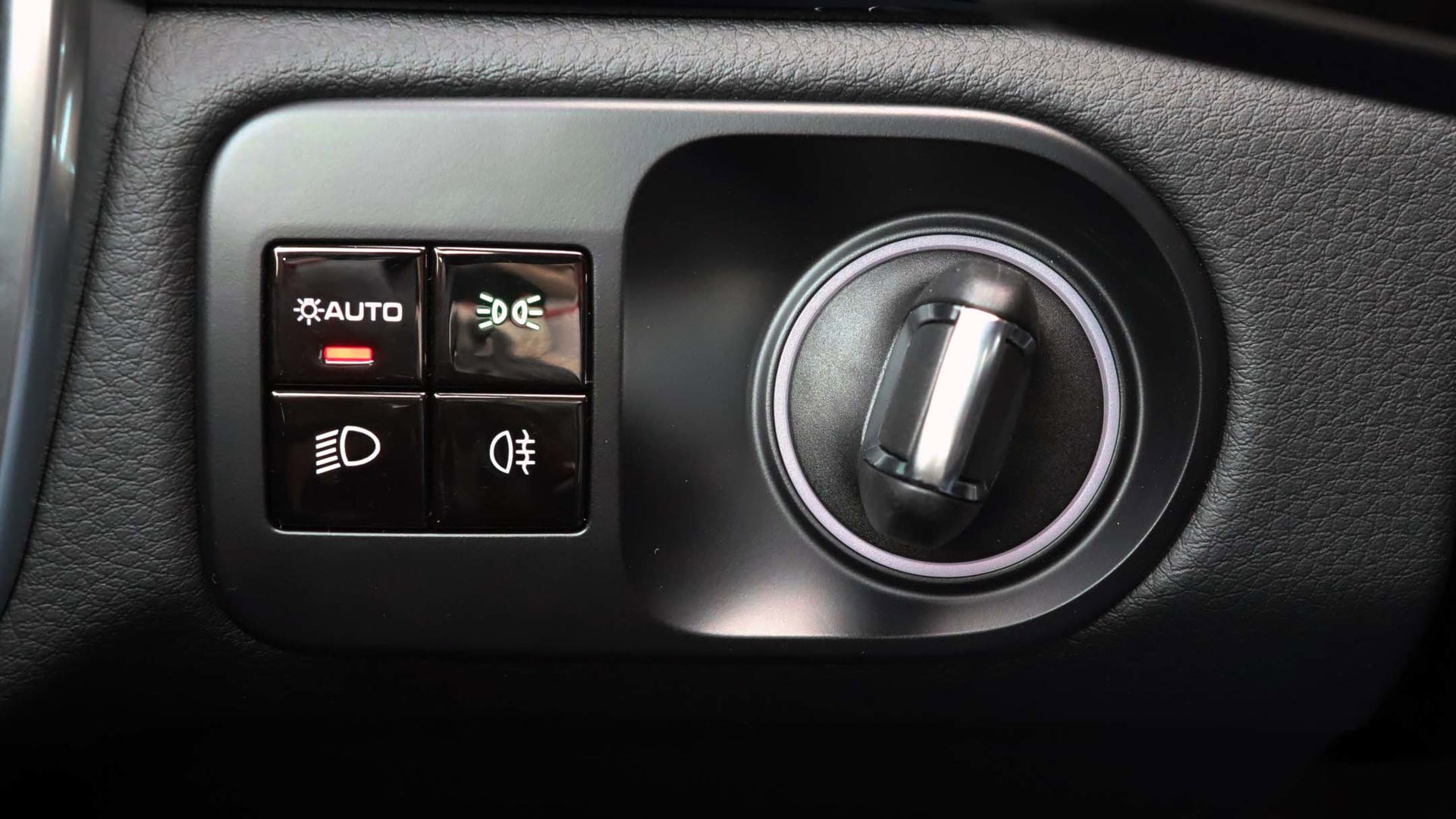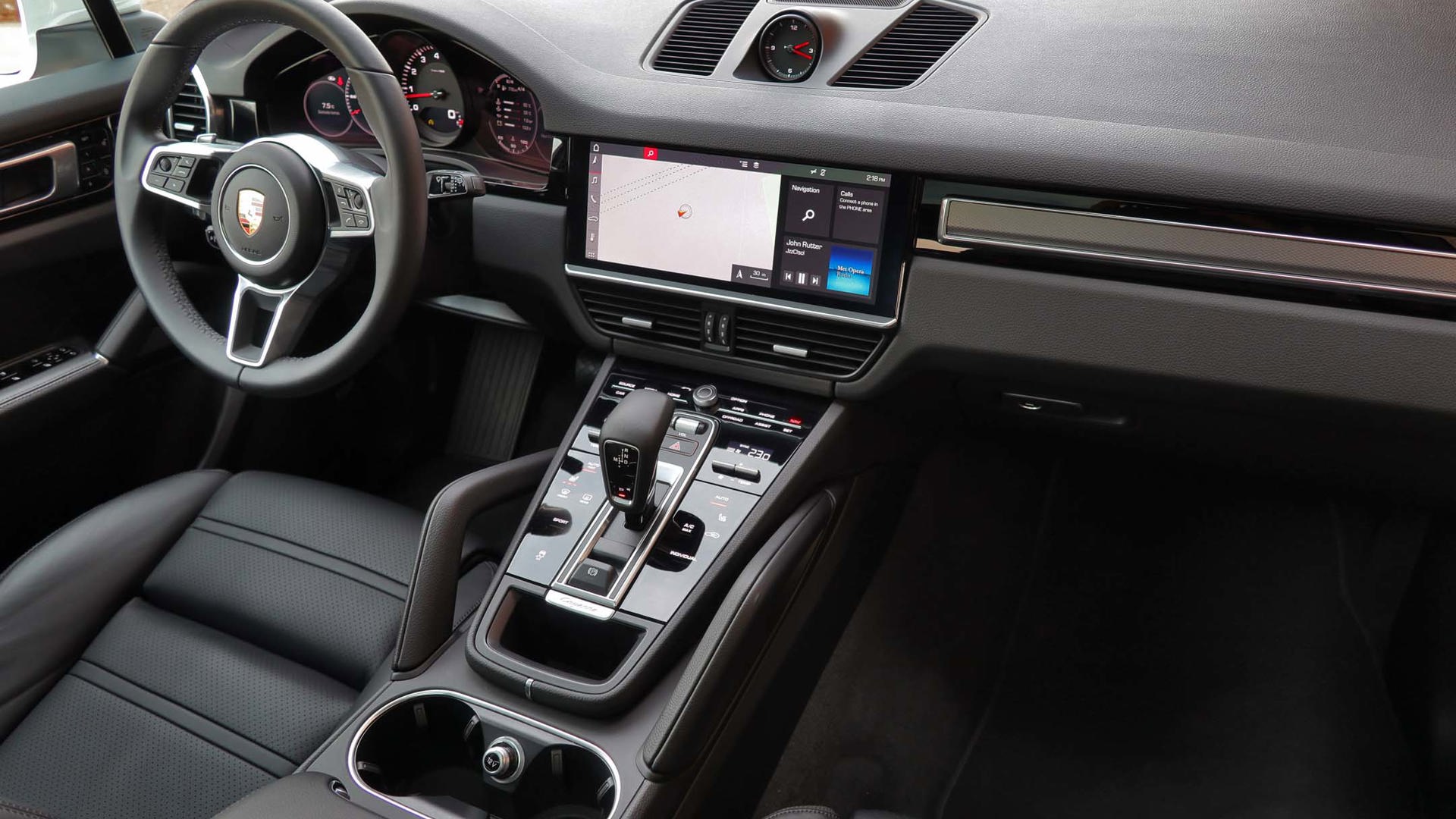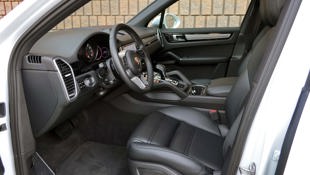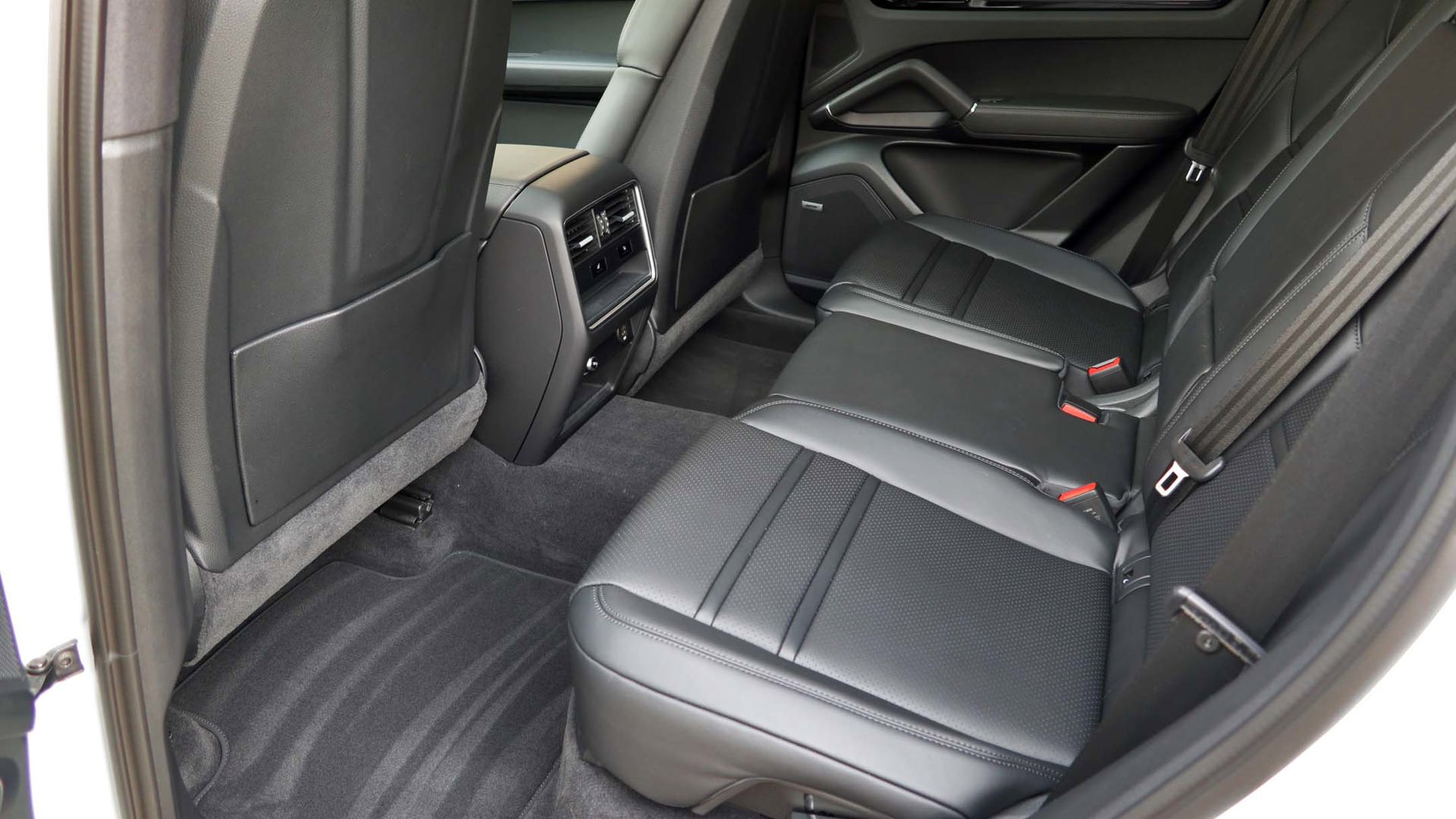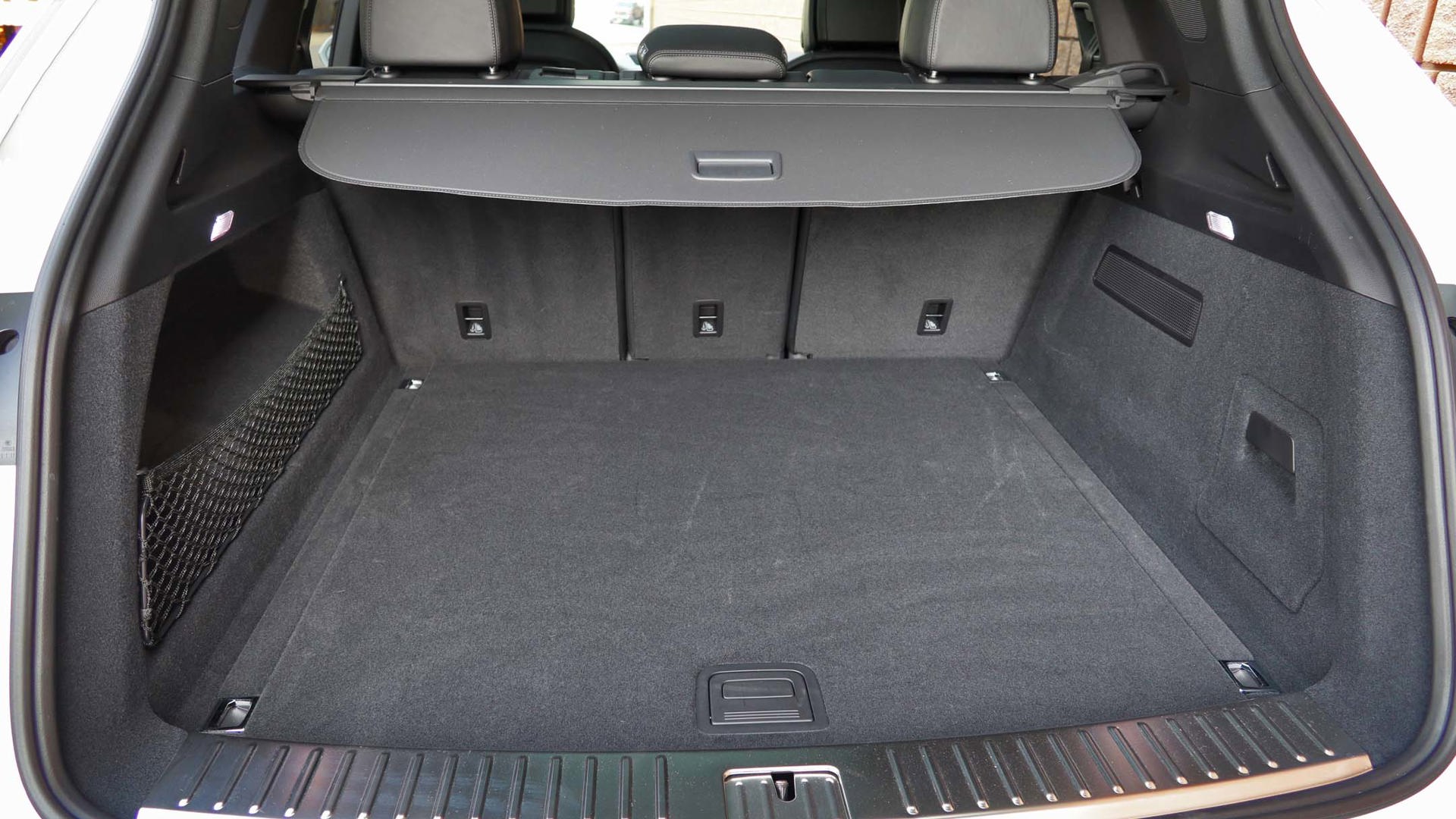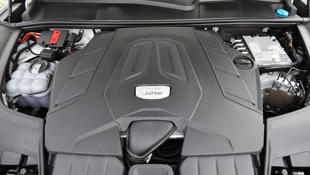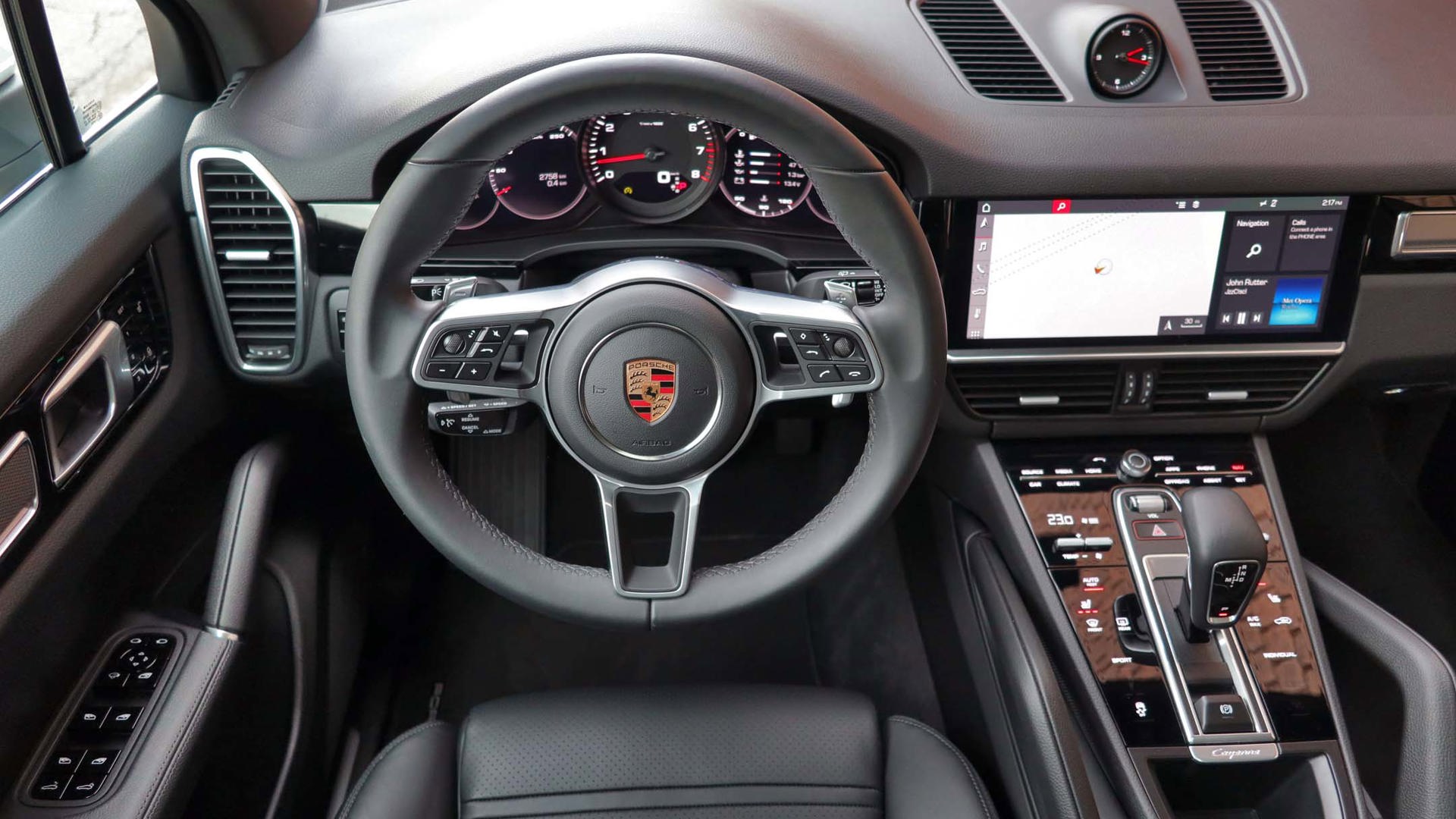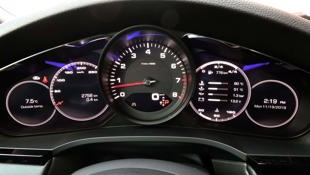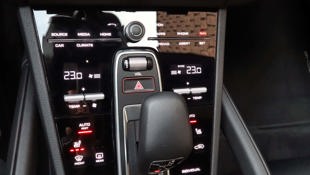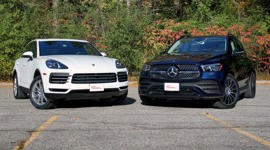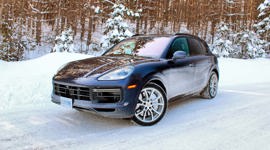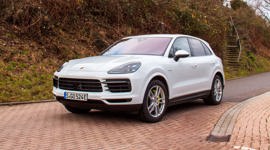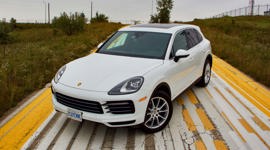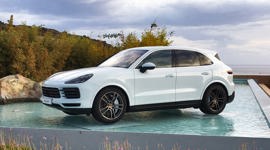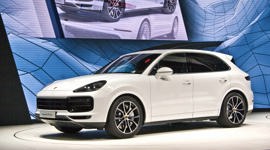 AutoTrader SCORE
AutoTrader SCORE
-
STYLING8/10
-
Safety9/10
-
PRACTICALITY8/10
-
USER-FRIENDLINESS7/10
-
FEATURES7/10
-
POWER8/10
-
COMFORT9/10
-
DRIVING FEEL8/10
-
FUEL ECONOMY7/10
-
VALUE7/10
The word “iconic” is sometimes tossed around a little too much, but it’s an apt description for Porsche’s styling. It’s so unmistakable that the designers can’t really mess with it too much, which is undoubtedly why the 2019 Cayenne plants a new body on a new platform, but doesn’t look radically different from last year’s version.
It’s almost hard to believe that it has now only morphed into its third generation, because it seems like this sporty sport-ute has been around forever. Purists shuddered when it was introduced for 2003, but it helped bring the beleaguered company back from the brink – and today, it’s outsold only by its little brother Macan.
The Turbo and E-Hybrid models are coming, but the roll-out began with my tester, the entry-level Cayenne, and the more powerful Cayenne S – all of them sporting turbocharged engines this time around. My tester began at $75,500 but, of course, virtually no Porsche leaves the factory with just the basics. Mine had $12,180 in options added to it, including 20-inch wheels, surround-view camera, aluminum interior trim, panoramic sunroof, and Bose audio system, among others. The company continues to offer optional items that are usually standard equipment on many other premium vehicles: my $87,680 ride didn’t have adaptive cruise control or lane-keeping assist, while its blind-spot monitoring and front-and-rear heated seats came at extra charge.
The Cayenne uses a turbocharged 3.0L V6 that makes 335 horsepower and 332 lb-ft of torque. That’s in place of last year’s 3.6L V6, which spun out 300 horses and 295 lb-ft of torque. The new ZF-supplied eight-speed automatic Tiptronic S transmission has been geared for more low-end pull, as well as a long top gear for fuel efficiency and a quiet ride on the highway. The engine includes auto-stop, and while it always stays running in Sport mode, the system can be temporarily disabled if you prefer it not to shut off when you’re in the Comfort setting. It’s a multi-layer process to turn it off through the centre screen’s menus, but I was able to program it into a customizable button on the steering wheel, where a single tap did the trick.
While the sportier-minded would disagree, I’ve driven the more powerful versions of this handsome sport-ute (in their last-generation models) and while the base Cayenne doesn’t have the bragging rights of the S or Turbo badge, I really think it’s the most well-rounded of the group in terms of power to intention. The Cayenne is capable, but I’ve always preferred a low-slung sports car over a tall truck if my primary motivation for buying it is carving corners.
Others may disagree, of course, especially if money isn’t an issue: the Cayenne S makes 434 horsepower and 406 lb-ft of torque, but it starts at $92,600. All I’m saying is don’t turn your nose up at the lower-level model until you’ve at least taken it for a spin.
All models include all-wheel drive, with selectable modes that include gravel, mud, sand, and rocks, although Porsche says it’s for “mild off-road terrain”, which of course makes sense because nobody’s taking one of these to the Jeep Jamboree. Instead, it’s designed for ski trips or out-of-the-way cottage trails, with each mode altering the chassis settings and differential locks as needed. If you’re taking toys along with you, the Cayenne can tow up to 7,700 lb.
For the first time, tungsten-carbide-coated brakes are available to improve stopping distance and reduce wear. They’re exclusive to the automaker and officially known as Porsche Surface Coated Brakes (PSCB), but my Cayenne didn’t have them, and they add $3,990 to the tag.
This new Cayenne has shed some weight – up to 65 kilograms – with more use of aluminum and, interestingly enough, a lithium-ion polymer battery in place of the usual lead-acid one for starting the engine. I didn’t really notice the weight loss, but that’s not a jab at it: thanks to its quick steering and nimble handling, the Cayenne has always managed, remarkably, to feel lighter on its feet than what the scales would say. The steering is beautifully weighted and response is excellent – a sport-ute built by a sports-car company.
Rear-axle steering is available – add $1,840 – and while I haven’t driven the new Cayenne with it to see how much it tightens up, driving one without it is still very satisfying. The engine is very responsive, with swift and linear acceleration, and the transmission shifts both quickly and smoothly. For all-around performance on highways or city streets, it’s tough to beat this combination: its sportier side is always evident, but there’s also that wonderful luxury feel to this quiet cabin.
Those familiar with Porsche will see the most obvious change inside: for better or for worse, the buttons are gone. Previously, the Cayenne’s centre console was layered on either side with numerous toggles and switches; now, they’ve been replaced with the glass touch panel from the Panamera. It’s certainly cleaner-looking (at least in terms of design; I left numerous fingerprints on it when accessing functions), but oddly enough, I found the buttons much easier to use since they were so obvious. It’s a manner of personal preference, but the glass does provide haptic feedback when you touch the right spot, and the controls for turning the temperature up or down are actual toggles, as they should be.
Most of the instrument cluster’s dials can be programmed to show whatever information’s most important to you. Oddly, though, if you choose to bring up a small version of the navigation screen in the second-from-right, your fuel gauge disappears. Speaking of which, I averaged 13.1 L/100 km in cold-weather driving, a couple of clicks above the published rate of 11.4 L/100 km for combined city/highway use. Naturally, premium fuel is the ticket here.
The gearshift lever is one of those awful push-pull-hit-a-button-for-park things, although manual shifting can be done via the agreeably hefty shifters on the handsome wheel. It’s heated, the warmth activated by a surprisingly flimsy-feeling button hidden on the back of it.
The seats are typical Teutonic: firm but very supportive, buttressing your spine so all-day driving still leaves you refreshed. The rear chairs are equally comfortable and with a lot of legroom.
Overall, Porsche has morphed this new Cayenne into its third generation very well. It hits pretty much all the sport-ute categories – roomy, comfortable, lots of cargo space – while retaining that great handling and, of course, the bones of that iconic styling. There are choices in this vehicle, but when you’re shopping the upper-range ones, don’t forget to give the base model the once-over as well.
| Engine Displacement | 3.0L |
|---|---|
| Engine Cylinders | I4 |
| Peak Horsepower | 335 hp @ 5,300 rpm |
| Peak Torque | 332 lb-ft @ 1,340 rpm |
| Fuel Economy | 12.4/10.1/11.4 L/100 km cty/hwy/cmb |
| Cargo Space | 744/1,679 L seat down |
| Model Tested | 2019 Porsche Cayenne |
| Base Price | $75,500 |
| A/C Tax | $100 |
| Destination Fee | $1,250 |
| Price as Tested | $89,030 |
|
Optional Equipment
$12,180 – 20-inch Cayenne Design wheels $1,970; Heated seats front and rear $600; Textured aluminum interior package $1,140; Front and rear Park Assist with surround-view camera $1,360; Premium Package of Power Steering Plus ambient lighting Comfort Access auto-dimming interior mirror dynamic LED headlights blind spot monitoring panoramic roof Bose Surround Sound system and 14-way power seats with memory $7,110
|
|
